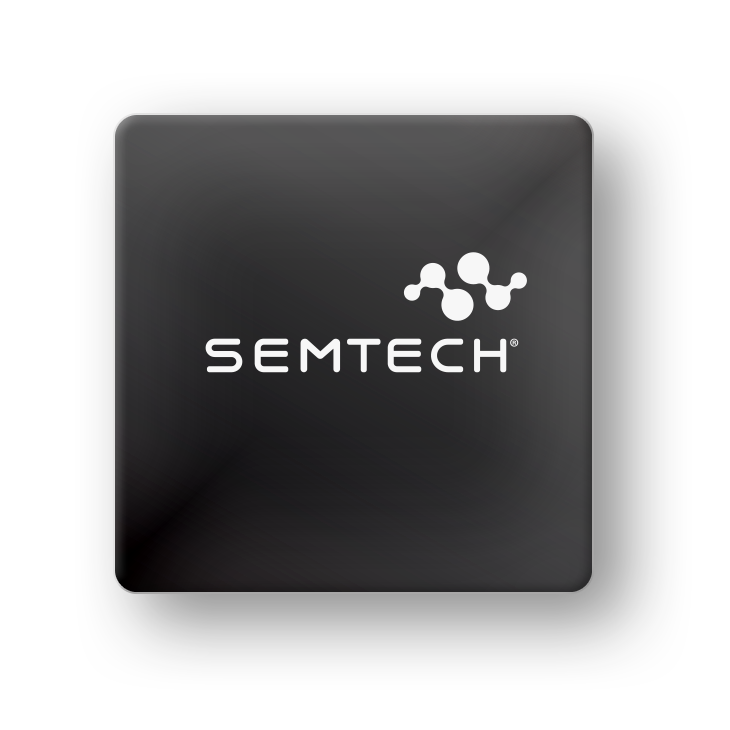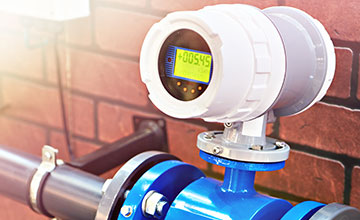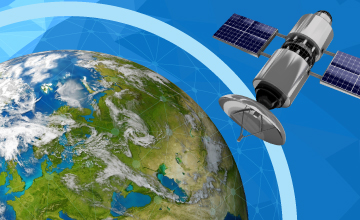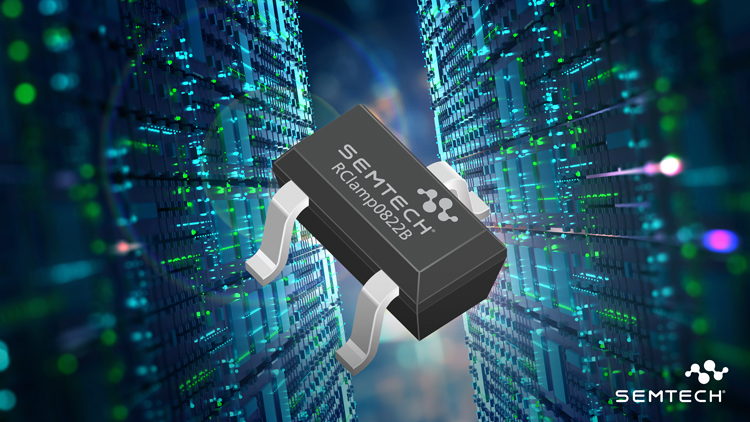Overview
Please use GS2994, GS3440 and GS3140 for new designs.
The GS1674 is a high-speed BiCMOS integrated circuit designed to equalize and restore signals received over 75ohm coaxial cable. The device is optimized for performance at 270Mbps and 1.485Gbps, and features DC restoration to compensate for the DC content of SMPTE pathological test patterns.
The Carrier Detect output pin (CD) indicates whether a valid input signal has been detected. It can be connected directly to the MUTE pin to mute the output on loss of carrier. The sensitivity of the carrier detect can be easily programmed to allow the GS1674 to distinguish between low-amplitude SDI signals and noise at the input of the device. The equalizing and DC restore stages are disengaged when the BYPASS pin is HIGH. No equalization occurs in Bypass mode.
The GS1674 is footprint and drop-in compatible with existing GS1574A and LMH0044 designs, with no additional application changes required.
Features
- Replaces the LMH0044
- SMPTE 292M, SMPTE 344M and SMPTE 259M compliant
- Automatic cable equalization
- Performance optimized for 270Mbps and 1.485Gbps.
- Typical equalized length of Belden 1694A cable:
- 220m at 1.485Gbps
- 400m at 270Mbps
- Supports DVB-ASI at 270Mbps
- Manual bypass (useful for low data rates with slow rise/fall times)
- Programmable carrier detect with squelch threshold adjustment
- Standard EIA/JEDEC logic control and status signal levels
- Single 3.3V power supply operation
- 195mW power consumption (typical)
- Wide temperature range of -40ºC to +85ºC
- Small footprint QFN package (4mm x 4mm)
- Drop-in compatible with the GS1574A. Forward compatible with Gennum's 3G EQ products.
- Pb-free and RoHS compliant
Order Codes
- GS1674-INTE3: Lead-Free, RoHS Compliant, Tape and Reel-250 Pieces
PB Free/ROHS
Learn More →
| Documents | Release Date | Type | |
|---|---|---|---|
| GS1674 Datasheet | 2018-11-14 | ||
| GS1674 IBIS Model | 2019-03-02 | IBS | |
Applications
- Audio De-embedders
- Audio Embedders
- Camera
- Camera Control Units
- Distribution Amplifiers
- Encoders/Decoders
- Format Detectors
- Master Control Switchers
- Monitors, Multiviewers
- Production Switchers
- Routers
- SMPTE 292M and SMPTE 259M coaxial cable serial digital interfaces
- Test and Measurement Equipment
- Up/Down/Cross Converters
- Video Capture Cards
- Video Servers
- Video Tape Recorders
Inventory
| Product | Country | Distributor | Qty | Buy |
|---|



.jpg)













.png)

















